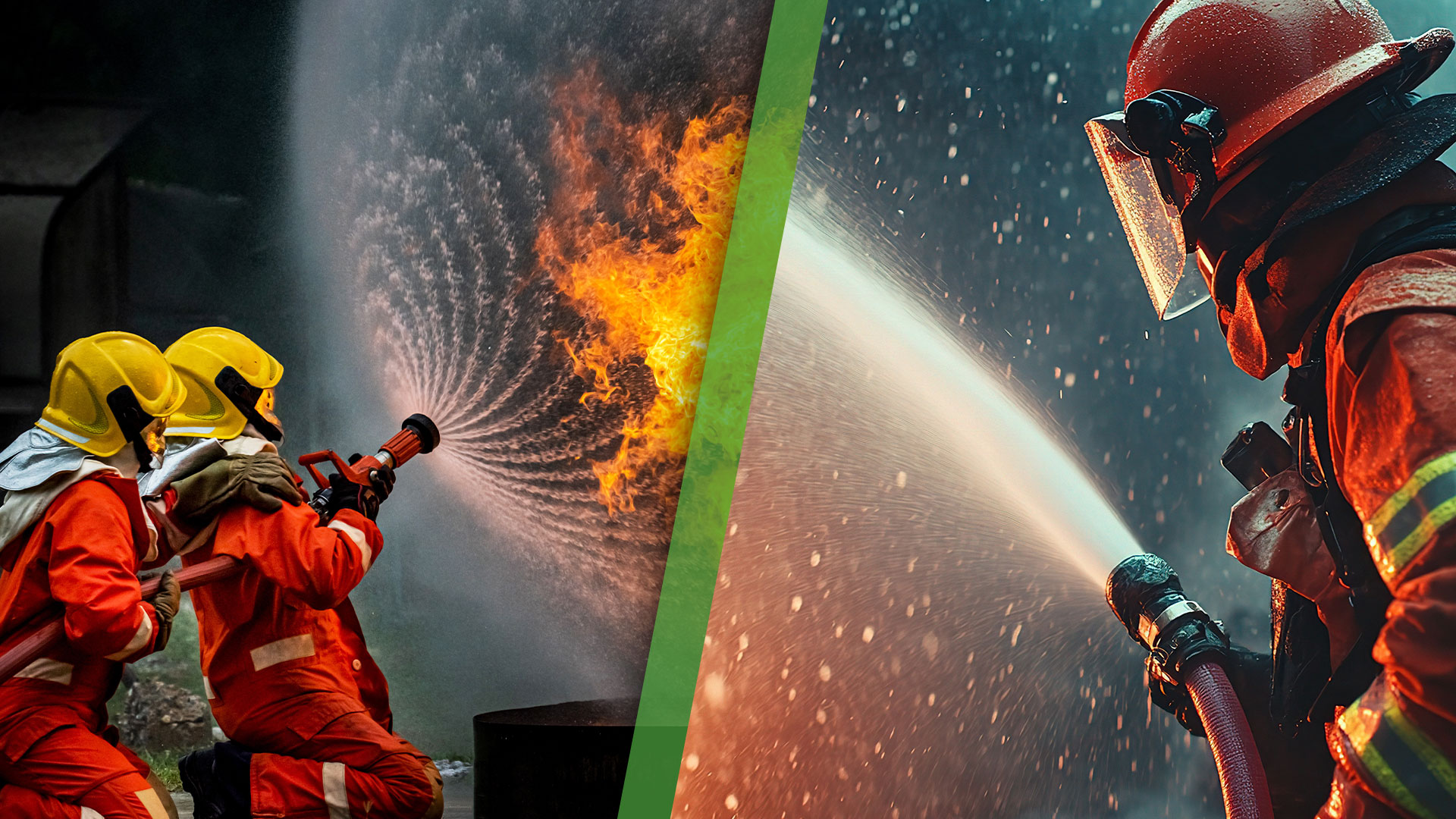Introduction
Fire hoses are critical tools in emergency response, enabling firefighters to deliver high-pressure water or fire retardant to extinguish flames quickly. However, even the best fire hose can only succeed with proper maintenance, jeopardizing lives and property. Regular upkeep ensures these lifesaving tools remain in top condition when needed most. This article explores essential maintenance practices, common issues, and advanced strategies to optimize fire hose performance and longevity.
The Importance of Regular Fire Hose Maintenance

Ensuring Reliability in Emergencies
Fire emergencies demand rapid, reliable responses. A poorly maintained fire hose can result in leaks, reduced water pressure, or even complete failure. Regular maintenance ensures the hose performs optimally, minimizing the risk of malfunction during critical moments.
Prolonging Hose Lifespan
Fire hose is subjected to extreme conditions, from high-pressure usage to exposure to chemicals and rough terrain. Proper care, including cleaning and storage, reduces wear and tear, significantly extending the lifespan of the hose and saving costs over time.
Compliance with Safety Standards
Fire hoses must meet safety standards such as those set by the National Fire Protection Association (NFPA). Regular maintenance ensures compliance, assuring that the hose meets rigorous operational and safety benchmarks.
Common Issues Affecting Fire Hose Performance

Leaks and Punctures
Holes or cracks can develop in an industrial fire hose due to sharp objects, improper handling, or excessive wear, compromising the hose’s effectiveness. Regular inspections can help identify and address these issues early to maintain the performance of your industrial fire hoses.
Mold and Mildew Growth
Damp industrial fire hoses stored without proper drying are susceptible to mold and mildew, which weaken the fabric and reduce durability. Proper cleaning and drying practices are essential to prevent these problems and ensure the longevity of the industrial fire hose.
Hose Lining Degradation
Chemical exposure can degrade the inner lining of an industrial fire hose, impacting water flow and structural integrity. Regular maintenance, including checking for signs of chemical damage, ensures the hose remains functional in demanding environments.
Kinks and Improper Storage Damage
Kinks from improper rolling or folding create weak points in the industrial fire hoses, leading to potential rupture under pressure. Proper storage techniques, such as hanging or coiling hoses correctly, help prevent this type of damage.
Essential Fire Hose Maintenance Tips
Regular Inspections
Conduct visual and tactile inspections frequently. Check for cracks, cuts, leaks, or other visible damage. Ensure couplings and fittings are secure and free of corrosion. Early detection of issues allows for timely repairs.
Cleaning and Drying After Use
After use, rinse the hose thoroughly to remove dirt, chemicals, or debris. Use appropriate cleaning agents that won’t damage the material. Always dry the hose completely to prevent mold growth. Air drying in a well-ventilated area is ideal.
Proper Storage
Store fire hose in a cool, dry place, away from direct sunlight and extreme temperatures. Hang hoses on designated racks to prevent kinks and ensure they maintain their shape.
Pressure Testing
Conduct hydrostatic pressure tests regularly as per manufacturer recommendations. This process identifies weak spots in the fire hose and ensures the hose can handle the pressure required during emergencies.
Training for Proper Handling
Educate personnel on proper deployment, rolling, and retraction techniques. Avoid dragging hoses across rough surfaces or sharp objects, as this can cause abrasions and punctures.
Advanced Maintenance Practices
Using Hose Maintenance Logs
Maintain detailed logs of inspections, repairs, and replacements, including checks on fire hose fitting. This documentation provides a clear maintenance history, enabling informed decisions about repairs and replacements. Properly logging issues with fire hose fitting ensures that any wear or damage is addressed promptly.
Rotating Hose Inventory
Rotate hoses in and out of service to evenly distribute usage across the fleet. During rotation, inspect the fire hose fitting for any signs of corrosion or damage. This practice prevents the overuse of specific hoses and ensures that all hoses and their fittings remain in good condition for optimal performance.
Partnering with Professional Services
Certified maintenance providers offer specialized services, including pressure testing, repairs, and advanced inspections of fire hose fittings and overall hose integrity. Partnering with professionals ensures maintenance adheres to industry standards, keeping your fire hose system in peak operational condition.
Signs It’s Time to Replace Your Fire Hose
While maintenance can extend a fire hose’s lifespan, there comes a time when replacement is necessary. Look for these signs:
- Visible Damage: Cracks, holes, or frayed areas that compromise the hose’s structural integrity.
- Persistent Leaks: If repairs fail to stop leaks, replacement is the safest option.
- Pressure Test Failure: Hoses that can’t maintain required pressure levels should be retired.
- Expired Lifespan: Replace hoses that have exceeded the manufacturer’s recommended service life.
Conclusion
Fire hose maintenance is vital for ensuring reliability, extending lifespan, and meeting safety standards. Implementing regular inspections, proper storage, and advanced practices like maintaining logs and rotating inventory can significantly enhance performance. Recognizing when to replace a fire hose is equally important to prevent potential failures.
Investing in quality maintenance tools and partnering with professional services ensures your fire hose is ready to perform when lives depend on it. Commit to a proactive maintenance schedule to safeguard your team and community.






0 Comments